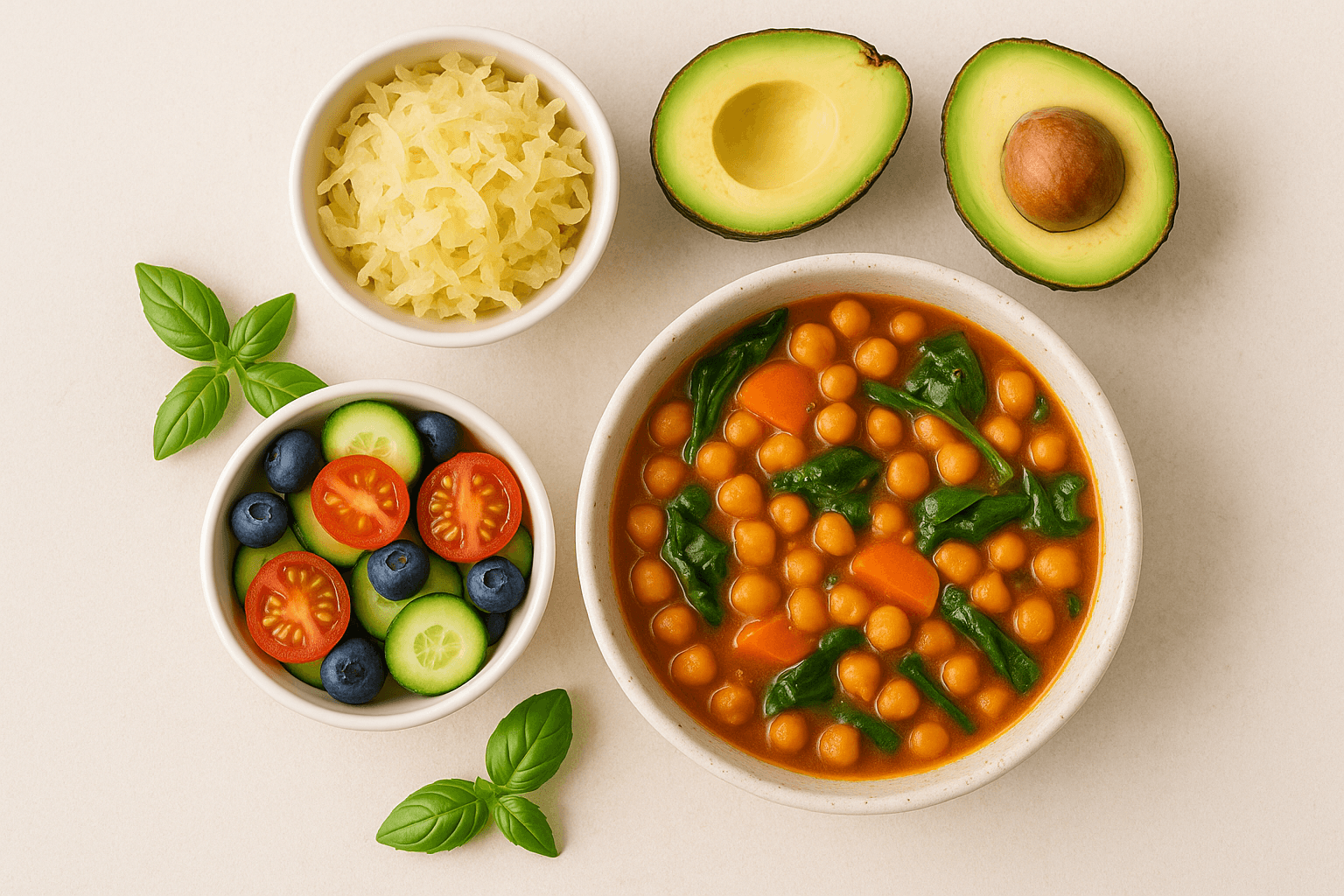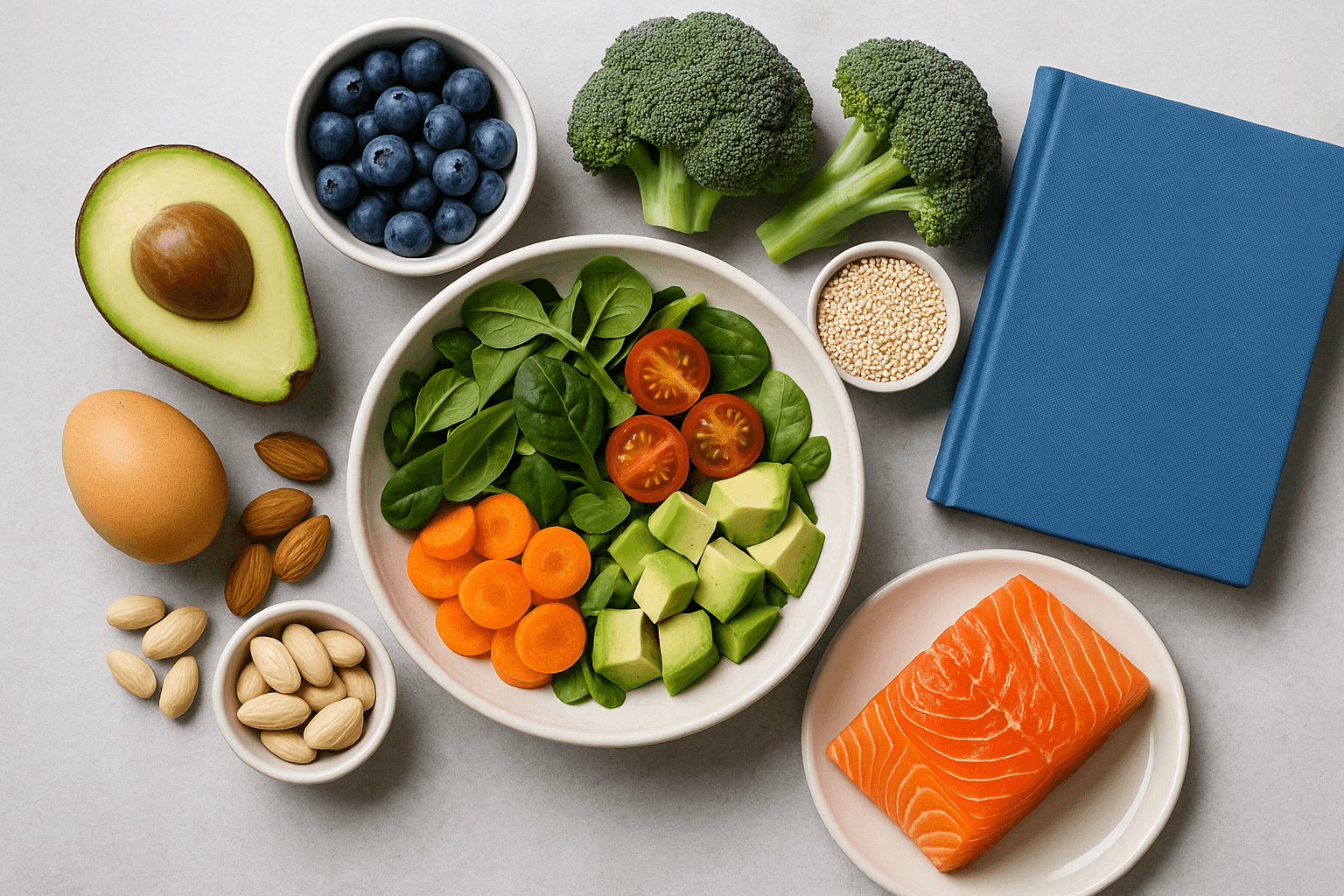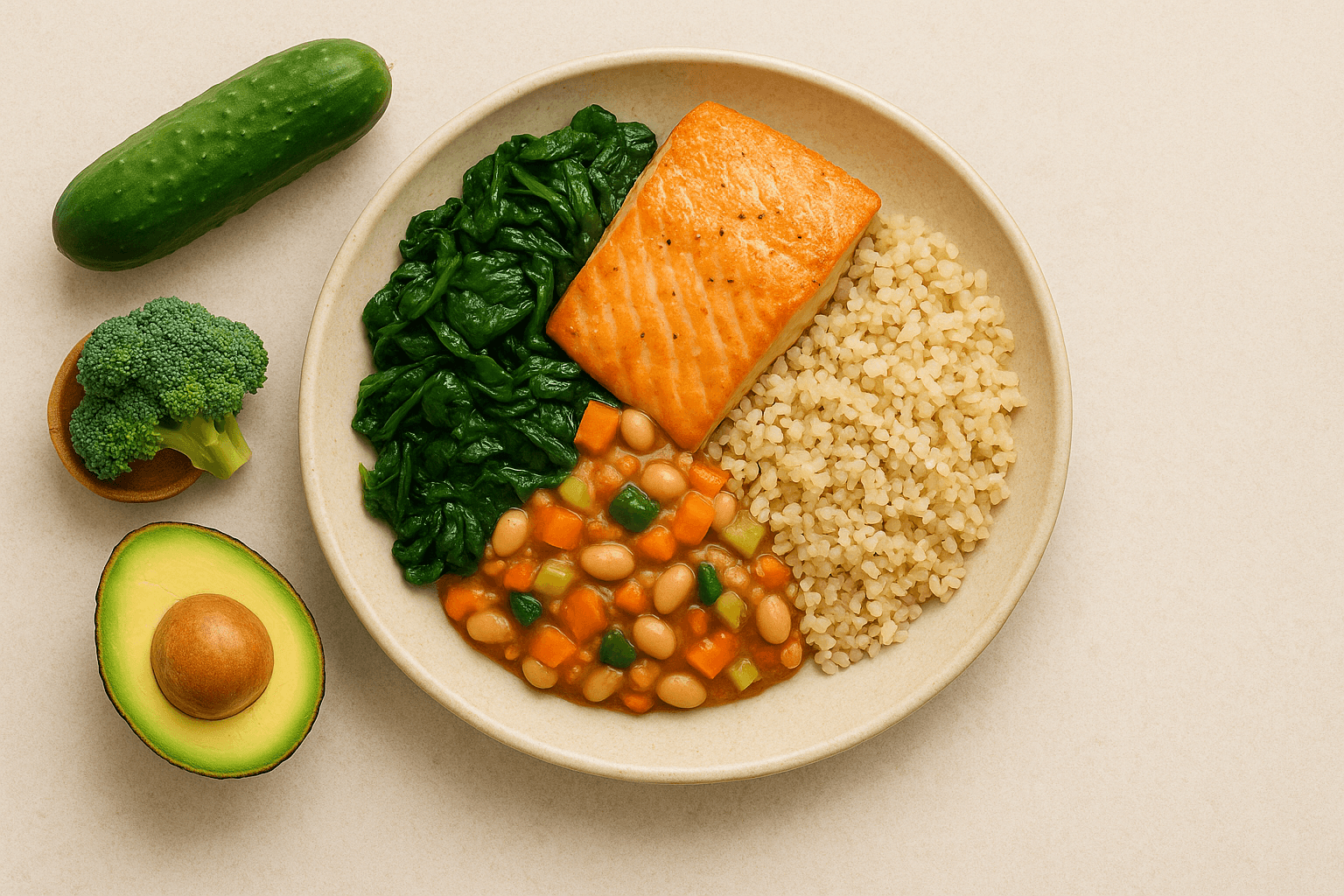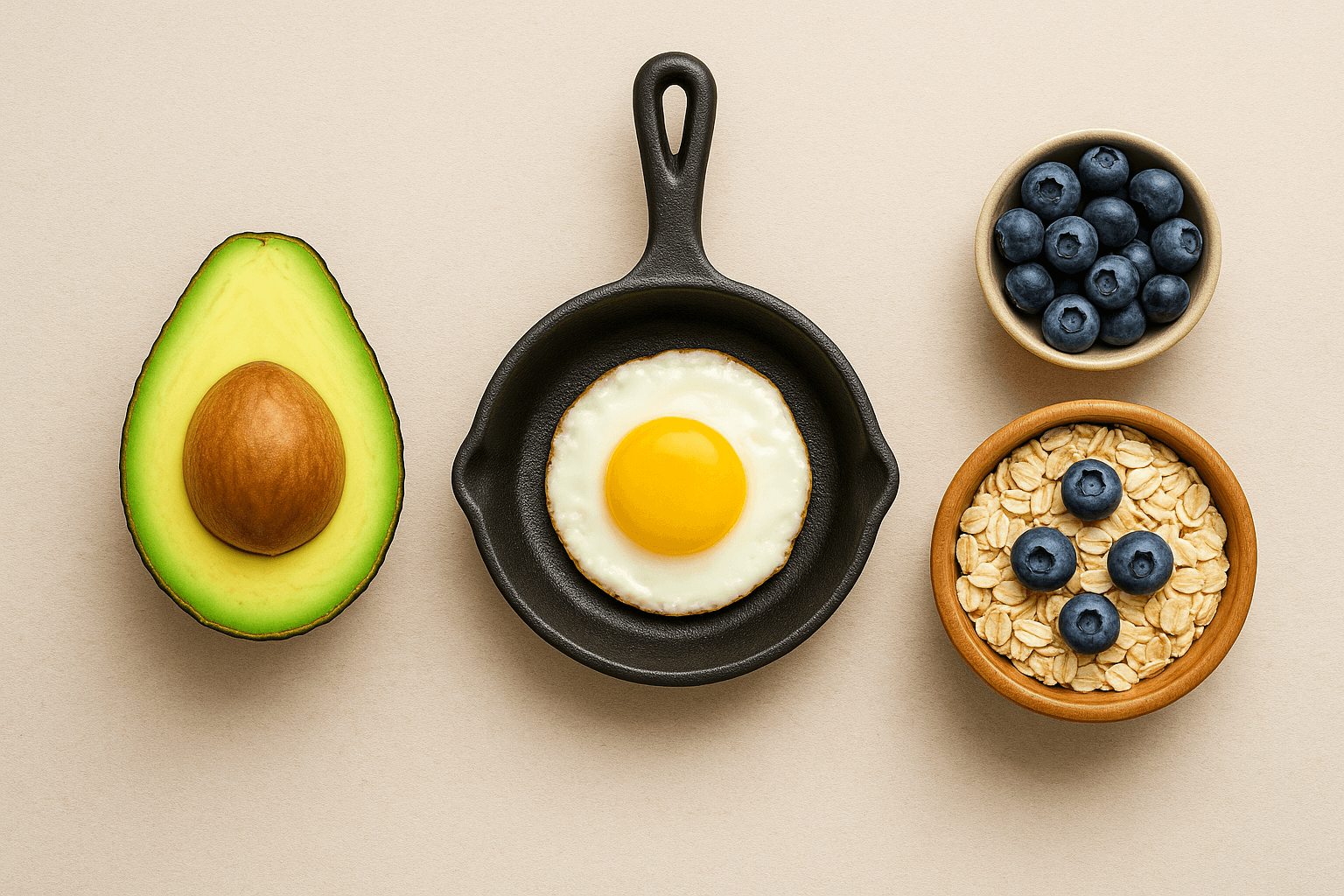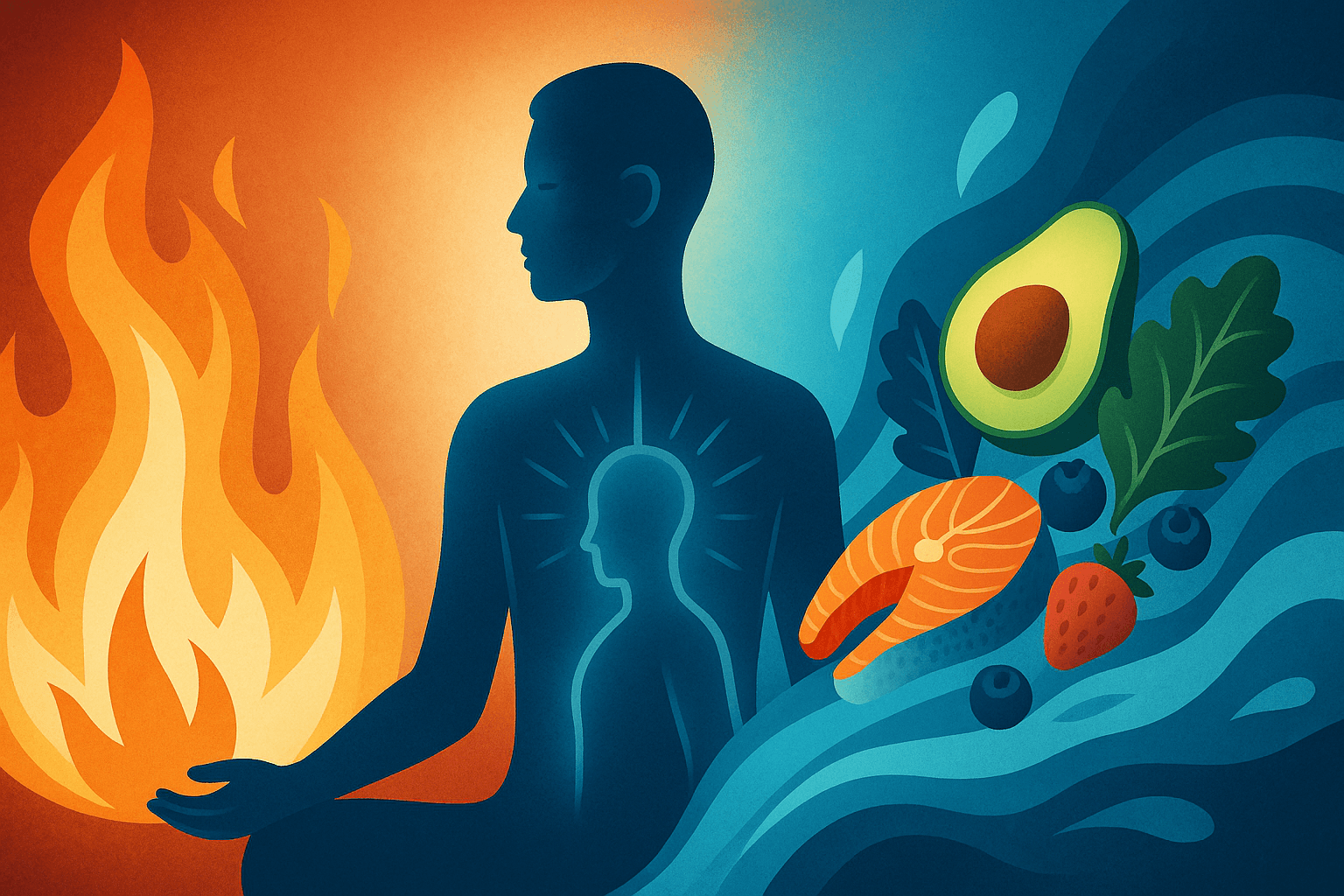MINDFUL EATING: THE MISSING INGREDIENT FOR A TRULY HEALTHY DIET
Published on July 28, 2025

But in the relentless competition of contemporary living — work, errands, nonstop digital distractions — it can be all too easy to enter a cycle of mindless eating
Whether you eat lunch at your desk while barely tasting it, snack your way through tense evenings or turn to food when you’re not actually hungry, you’re not alone
The noise of the world drowns out your body’s quiet wisdom
In this storm, mindful eating is the anchor — a practice that helps to reconnect you with your body, your senses, your health and the simple pleasure and profound joy of nourishing yourself
Normal eating is anything but rocket science, a grim proposition for someone like me who loves science and can't do math if my life depends on it
It’s not about obsessing over your plate, but about turning your meals into a mindful, pleasurable, ritual
At its core, mindful eating is the practice of slowing down, being present, and taking care of both your body’s needs and your emotional health
“When you switch off the autopilot, you start re-experiencing the pleasure of food — and the trust your body is always yearning to regain”
What Is Mindful Eating?
Mindful eating is the practice of being fully attentive to the food you’re eating
It is presence with every bite, and attention to flavors, aromas, colors and textures, as well as feelings and physical signals before, during and after eating
It is, at its core, treating every meal like a small act of self care
You eat when you are hungry, as opposed to stressed, bored or elsewhere preoccupied
You chew slowly, taste your food and heed the signals that let you know when you are full — but not stuffed
This is an ancient mindfulness practice, but it’s enjoying a renaissance in our fast-paced modern age
Nutritionists have become interested in mindful eating, while psychologists and teachers of Buddhism around the world have taken up mindful eating as a practice of the growing mindful movement, which includes mindfulness-based stress reduction and other mindfulness-based therapies
Mindful eating is not a set of rules; it’s a treatment of sorts
It’s a subtle change of lens — a lifelong relationship with food premised on awareness, curiosity and compassion instead of fear, guilt or restriction
It’s listening to both your hunger and your fullness, your taste buds and your body’s deeper hunger, joining the two into a marriage of intuitive and rational that allows patients to detach from old rules about how women are expected to eat
Why Mindful Eating Matters
Reconnects You With Your Body
Years and years of distraction, diet culture, “clean your plate culture” can cause us to disconnect from our true hunger and fullness
Mindful eating re-integrates that connection, giving you the confidence in your body’s signals once more
You develop the habit of eating when only when you’re physically hungry and stopping when you’ve had enough, reducing the cycle of overeating and regret
Increases Satisfaction
Conscious eating turns even a modest snack into a tasting
You slow down, and observe, and what you notice then are flavors and textures you never realized were there
A couple squares of chocolate become a luxurious reward that lingers, rather than a hasty afterthought
You notice that you feel truly satisfied and less likely to continue to eat more, even if your portions are smaller
Reduces Emotional and Stress Eating
Mindful eating allows you to identify what is behind your desire to eat
Are you truly hungry or are you tired, anxious, lonely or bored?
Where there is awareness, there is also an opportunity to exercise some compassion — to, say, go for a walk, call a friend, or take a rest for ourselves, instead of reflexively using food
As time goes by, that form of emotional eating becomes less compulsive and more about real nourishment
Improves Digestion and Energy
Rapid, distracted eating can add stress to your digestive system and cause discomfort, bloating or fatigue
Conscious eating involves chewing your food thoroughly, eating at a leisurely pace, and savouring each mouthful
This simple step will enhance nutrient absorption, balance blood sugar and keep you energized throughout the day with less cravings
Improves Your Relationship with Food
With mindful eating you turn food from “enemy” or “enabler” to food that is pleasurable, comforting, and that makes you feel good about yourself
It disrupts the all-or-nothing thinking that dieting fuels, by replacing guilt and anxiety with curiosity and self acceptance
The Science of Mindful Eating
There is now increasing evidence for the power of mindfulness in eating
Research has shown that people who are more mindful when they eat end up being more satisfied with smaller portions of foods, and are less likely to struggle with their weight in the long term
Intuitive eaters are also less prone to binge eating or emotional eating, and feel more satisfaction and enjoyment from their food
Neuroimaging shows that mindfulness practice can affect neural pathways associated with craving, reward and emotion regulation
That means that mindful eating isn’t just about willpower — it can actually help you rewire your brain to make healthier choices and derive more pleasure from every bite
The more you work on it, the more second nature it is to take pauses, see and eat foods (and portions) that make you feel your best
How to Practice Mindful Eating
Pause and Take a Breath Before You Eat
Deep breath, everyone, before you pick up your forks
Observe it in terms of color, smell and how it’s presented
Be grateful for the journey your meal as gone through to arrive to your plate
Just 30 seconds of gratitude can transform your entire eating experience
Eat Without Screens or Multitasking
Pull up a few minutes for meals without TV, phones or work
Instead, let eating be your main event, not an afterthought
If it feels like too much, begin by turning off your distractions for the first five minutes and notice how much more satisfying it is
Eat Slowly and Relish Each Bite
Savor the flavor, texture and temperature of your food
Set down your utensils in between mouthfuls
Observe how each bite evolves from the first bite to the last
This helps you identify fullness earlier and also delivers a greater sense of enjoyment
Tune In to Your Hunger and Fullness
And in the course of your meal ask yourself: Am I still hungry? Am I becoming comfortably full?
You may stop after eating less than a serving, and eat later when you’re hungry
Respond With Compassion
If you are an emotional or stress eater, or if you eat out of habit, practice being kind to yourself instead of critical
Notice what you needed in that moment — rest, comfort, connection — and gently consider how you can care for yourself differently next time
Eating mindfully is not about perfection, but learning and growing
Real-Life Mindful Eating Tips
Start Small—One Meal a Day
Choose one meal to eat mindfully — perhaps breakfast or a snack
The more you practice, the more meals and snacks will automatically become mindfulness meals and snacks
Practice in Social Settings
At restaurants, parties or family meals, savor the sights, sounds and company, before you dive in
Share the joy of food as an experience, not just as fuel
Use a Hunger Scale
Rate how hungry you are before and after eating
Try to begin eating while you’re at a 3 or 4, and stop when you are at a 6 or 7, when you feel satisfied
It takes time to reconnect, so be gentle with yourself
Make Room for Pleasure
Mindful eating isn’t about dieting
If you really want something indulgent — chocolate, pastry, comfort food — and you’re going to eat it, eat it slowly, and savor every bite
You’re probably going to find you can be happy with less, and enjoy it more
Mindful Eating for Families
One of the greatest gifts you can give your child is the teaching of mindful eating for life
Family dinners offer a chance to demonstrate curiosity, appreciation and the concept of listening or paying attention to hunger and fullness signals
Weigh in on what they’re eating and how much — but leave the power struggles and guilt meals at the door
Say goodbye to the never-ending pressure to “clean your plate,” and instead focus on helping kids explore new tastes, dish up appropriate portions for themselves and listen to their own hunger and fullness cues
When it’s possible, eat together, turn off screens, and make the family table a place to converse and connect
Overcoming Barriers
“I haven’t got time to eat slowly!”
Even a couple of deliberate bites can help
Begin by hanging back the first two minutes of your meal, and let that change resonate throughout your eating habits
“I always eat with my phone or TV.”
Start by spending just five minutes free of screens, then ask yourself: do you feel more satisfied, more relaxed, more energized?
Little by little, let those mindful moments break out and see how your relationship with food changes
“I overeat at night.”
Stop before you pop open the fridge or the pantry
Ask yourself: How am I feeling? What do I really need?
Try a non-food ritual — reading, stretching or calling a friend — and see if it satisfies your urge for comfort or distraction
Mindful Eating and Weight Management
Mindful eating is not a weight-loss diet, although some people might lose weight as a result
When you are tuned in to hunger and fullness, you eat the right amount for your body
If you repeatedly do this over time, it will help even out eating patterns, minimize episodes of bingeing or restricting, and reestablish trust in your body’s own wisdom
The Deeper Benefits
Mindful eating is a path to self-acceptance and self-worth, not just a weight management tool
Through becoming more conscious in eating, you find a heightened connection to your body, your senses, and your intuition
Food becomes both nourishment for the body and the soul, and you have faith on your path
Many people discover that mindful eating eventually begets more reward not only in this meal but in their life as a whole – more presence, more energy, more peace
Closing Thoughts: Enjoy Eating Again
Mindful eating is the key missing element in most healthy living plans—a product that’s free, easy, and available to everyone
You don’t need fancy gift items, expensive diet plans or strict parameters
All you have to do is be willing to stop, breathe and enjoy
Make every meal, no matter how mundane, an opportunity to practice being present and self care
The healthiest diet isn’t just what you eat, but also when you eat — how you experience this most social, celebratory act in your daily life
One mindful bite at a time, you can restore the pleasure, flow, and fulfillment that belong to you by birthright
This is where healthy eating begins—and a happier, more peaceful you



